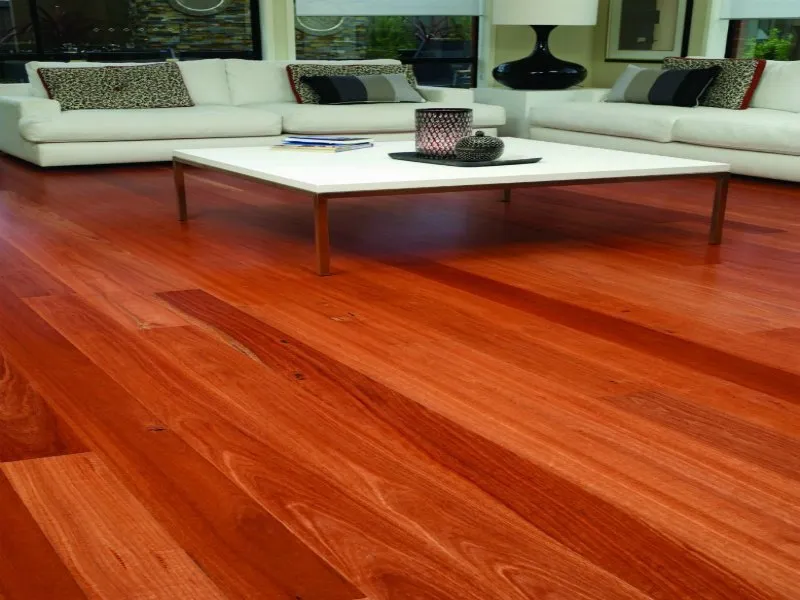Timber flooring adds warmth, charm, and timeless beauty to any home. Over time, however, it may show signs of wear and tear, especially in high-traffic areas. If you live in Auckland and your timber flooring is starting to lose its luster, fear not—repairing and refinishing it can bring your floors back to life. Here’s a guide on how to repair and refinish your timber flooring Auckland, making it look as good as new.
1. Assess the Condition of Your Timber Flooring in Auckland
Before you begin repairing or refinishing your timber flooring in Auckland, you’ll need to assess its current condition. Look for signs of scratches, dents, stains, or water damage. Some floors may simply need a good cleaning, while others may require repairs to fix structural issues, such as loose or warped boards.
2. Repairing Damaged Areas
If there are deep scratches, dents, or cracks in your timber flooring in Auckland, these will need to be repaired before refinishing. Here’s how you can do it:
- Small Scratches and Dents: You can fill minor imperfections with timber floor repair kits, which are available at hardware stores in Auckland. These kits usually contain putty that matches the color of your timber, as well as a touch-up marker.
- Large Cracks: For larger cracks or gaps, you may need to replace damaged planks or use a specialized wood filler designed for larger repairs.
- Loose or Warped Boards: If any boards are loose or warped, you may need to re-secure them using screws or nails. For warped boards, you may need to replace them entirely, depending on the extent of the damage.
3. Sanding Your Timber Flooring in Auckland
Once your timber flooring is repaired, it’s time to sand it down. Sanding removes the old finish, smoothens out imperfections, and prepares the surface for refinishing. You can rent a drum sander from hardware stores in Auckland if you don’t have one, or hire a professional sanding service.
When sanding:
- Start with Coarse Grit: Begin with a coarse grit (around 36 to 60) to remove the old finish and level out imperfections.
- Move to Finer Grit: Gradually move to finer grits (100 to 120) to achieve a smooth surface.
- Clean Thoroughly: After sanding, make sure to clean the dust thoroughly. Any dust left on the floor will affect the finish.
4. Refinishing Your Timber Flooring in Auckland
The next step in the process is refinishing your timber flooring in Auckland. The finish protects your timber, enhances its natural color, and adds durability. There are several types of finishes to choose from:
- Polyurethane Finish: This is the most common choice for timber floors, offering a durable, long-lasting finish.
- Oil-Based Finish: Oil finishes penetrate the wood, providing a more natural look but requiring more maintenance.
- Water-Based Finish: Water-based finishes dry faster and are less toxic but may not be as durable as oil-based finishes.
Apply the finish using a brush, roller, or a lambswool applicator, depending on your preferred method. Ensure that you apply the finish in thin, even coats, and allow each coat to dry before applying the next.
5. Maintenance Tips for Timber Flooring in Auckland
After refinishing your timber flooring in Auckland, it’s important to maintain it properly to keep it looking great:
- Clean Regularly: Sweep or vacuum the floor regularly to prevent dirt and grit from scratching the surface.
- Use Rugs: Place rugs in high-traffic areas to protect the floor from wear.
- Avoid Water Damage: Timber floors can warp or stain from water, so be cautious with spills and avoid wet mopping.
Conclusion
Repairing and refinishing your timber flooring in Auckland is an effective way to restore its beauty and extend its lifespan. With the right tools, materials, and a bit of effort, you can revitalize your floors and enjoy their warmth and elegance for years to come. Whether you’re handling the project yourself or hiring professionals, you’ll be amazed by the transformation of your timber flooring in Auckland.


